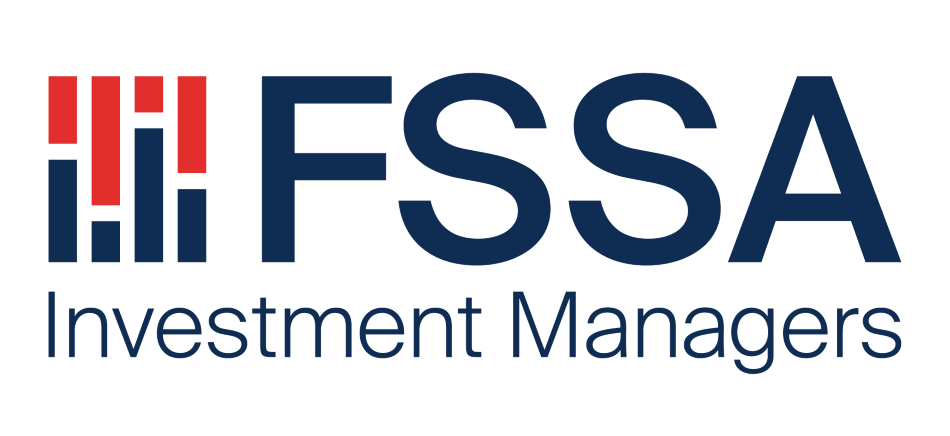

Page not found
Sorry, we cannot find the page you are looking for.
Please check that the address entered is valid and spelled correctly. Alternatively, you can navigate to particular sections of the site using the links below:
Still can't find what you're looking for? Please contact us.

